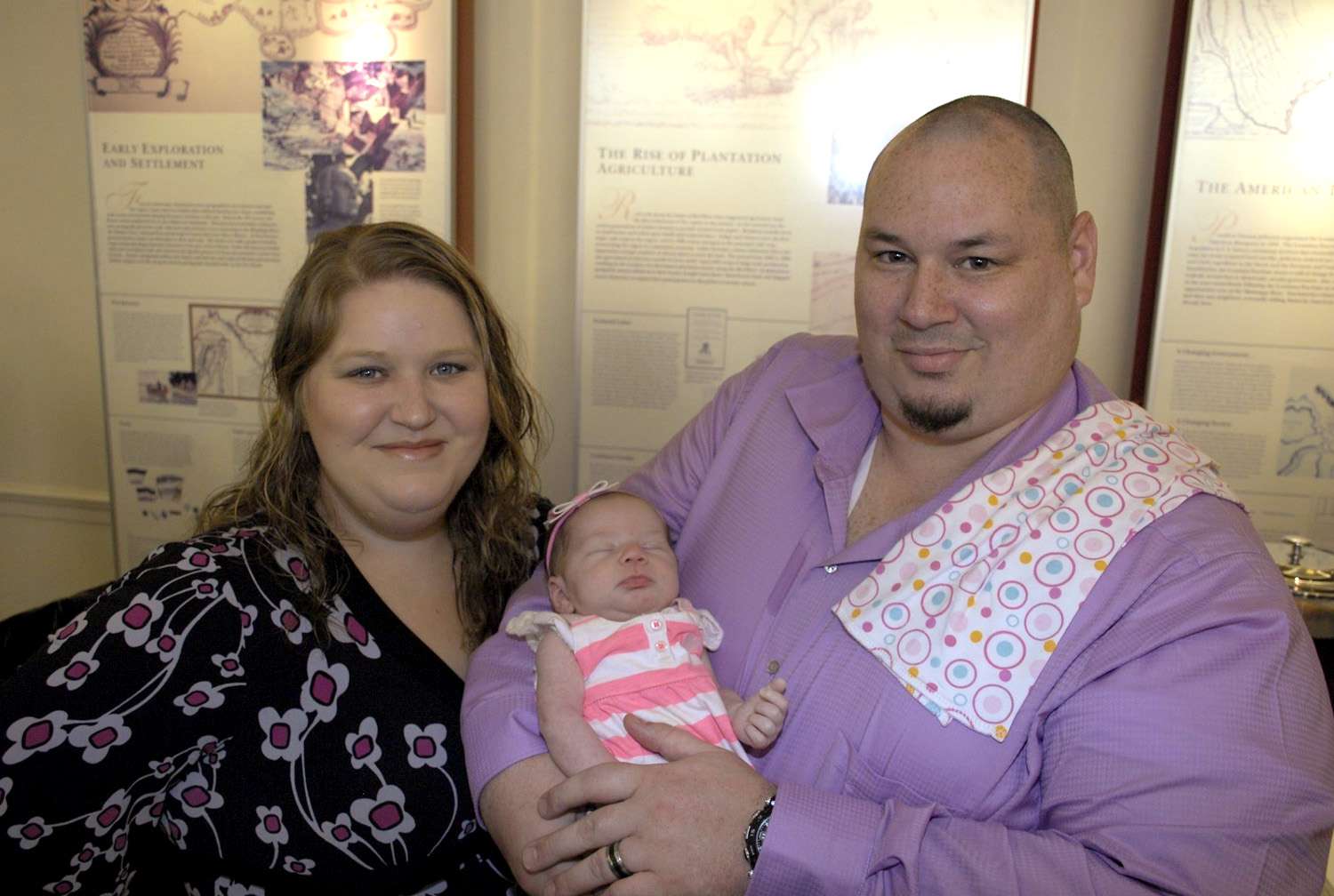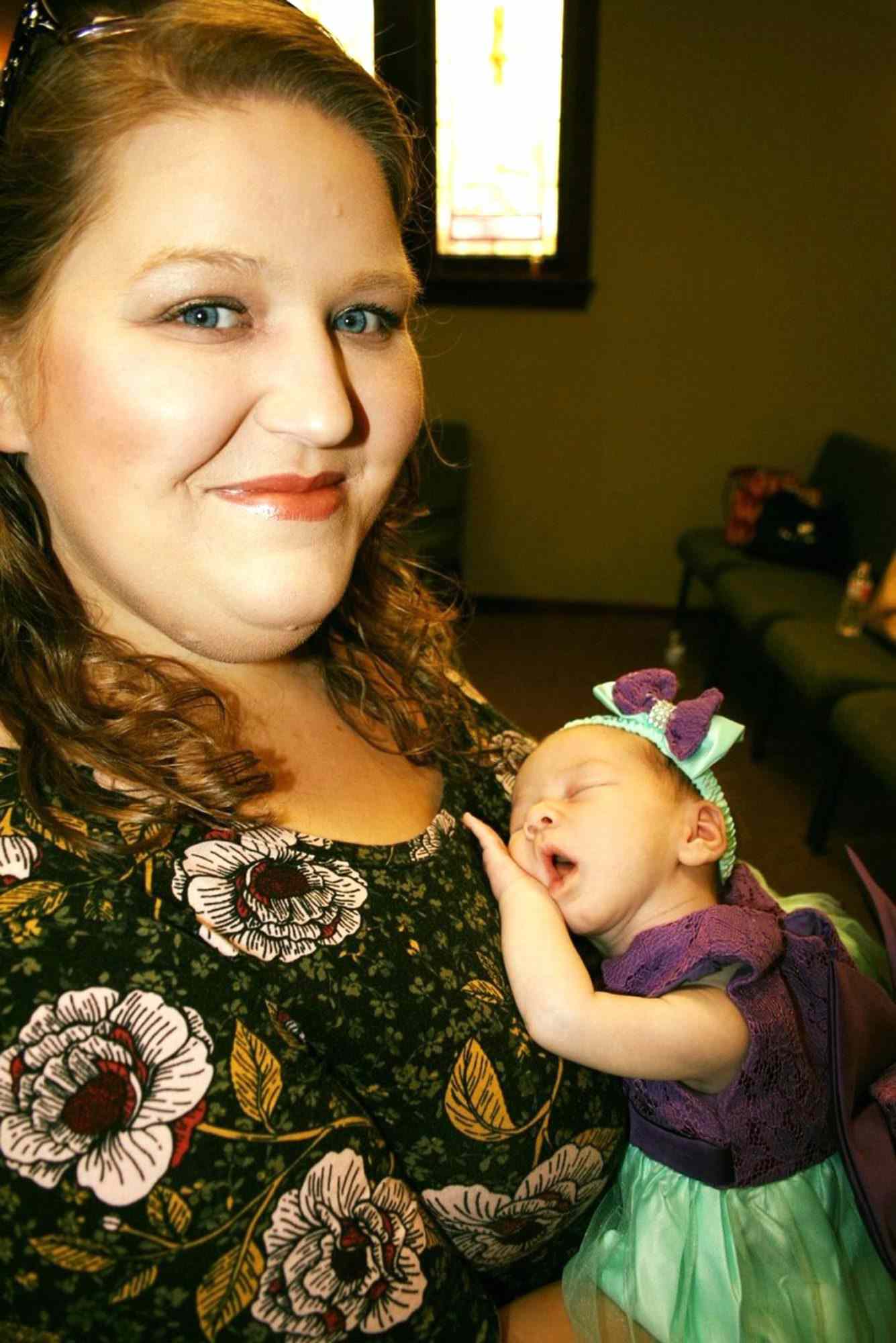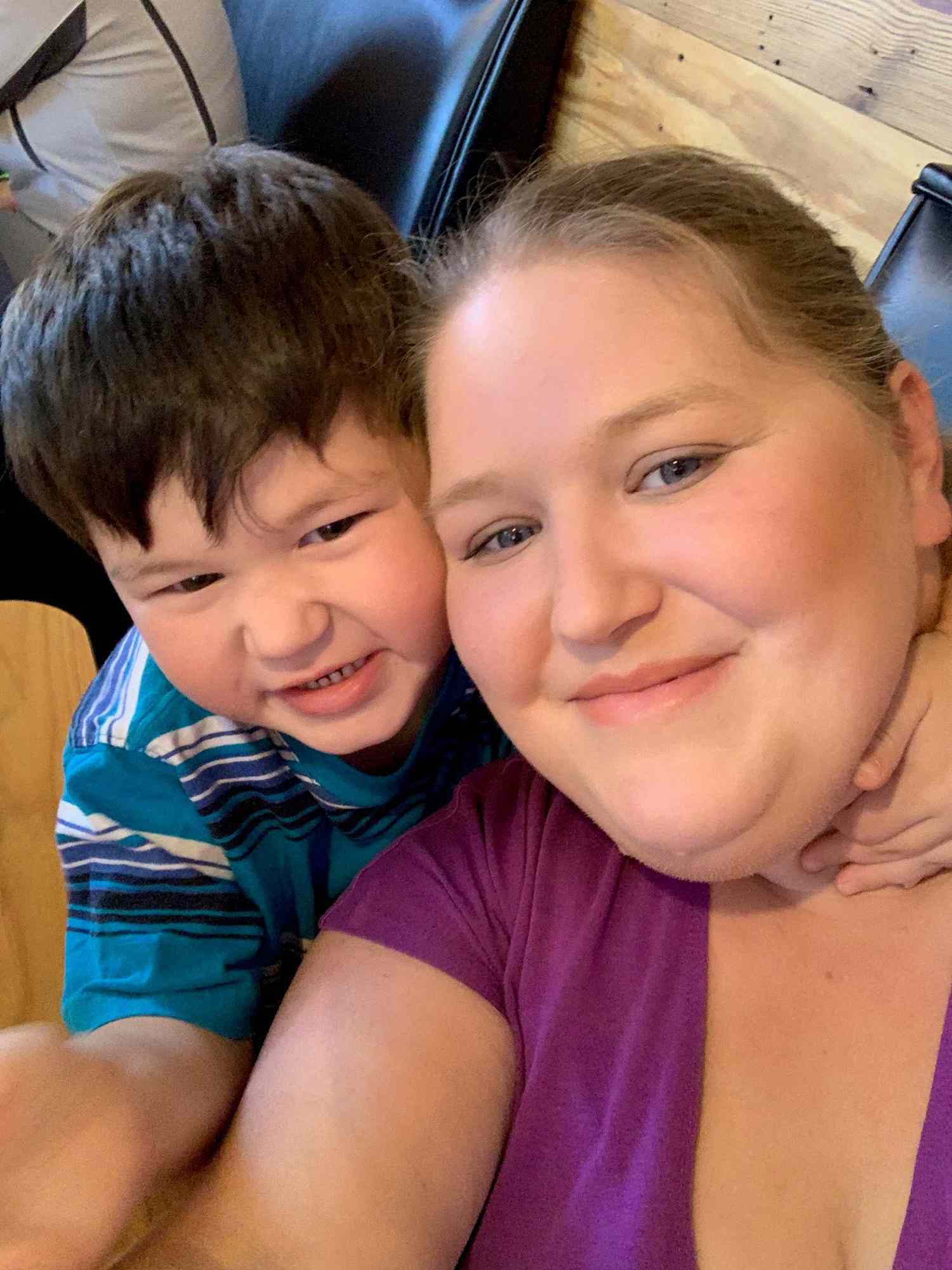

Following the birth of her third child, Jorgia Hamel Nevers experienced Postpartum Depression (PPD) for the first time. The 30-year-old from Robeline, Louisiana, identified her symptoms and spoke with her husband, Travis, and a counselor. They informed her doctor during a 6-week postnatal follow-up appointment. He prescribed Zulresso, the first FDA-approved drug designed to treat postpartum depression. It is an IV treatment which can reportedly help patients feel relief from symptoms within 48 hours. Soon, Nevers felt a loving, healthy attachment to her baby River and her 2-year-old and 5-year-old sons again. She decided to share her story because she says she wants women who are experiencing PPD to know that they can speak up, seek treatment and get better. This is her story, as told to PEOPLE.
River was born August 27, 2019. I started having some PPD symptoms a week after her birth. Since she’s my third child, I knew what PPD was from warnings in pregnancy classes I’d previously taken and also from my social work courses. (I’m currently a full-time social work student at Northwestern State University in Natchitoches, Louisiana.) My PPD symptoms showed up as irritated and depressed moods; I wouldn’t get out of bed, had severe anxiety attacks, would cry for no reason and wasn’t feeling a true connection with River or my two sons. On top of that, I felt guilt for what I was experiencing and how it was affecting my family as a whole. I just had a lack of will to do anything at all — except for being alone.
While I experienced the depressive moods and crying in the beginning, it then progressed to the other symptoms. The lack of will was difficult because inside, part of me was still saying, “Get up, take care of your family, do your schoolwork.” But my body just would not move. I felt paralyzed. And as it progressed, I started not to care. I’d think, “River is crying, oh well, Travis will get her. She doesn’t need me anyway,” or “Sammy has something at school for parents to attend, but I don’t want to get up, oh well.”

This is completely the opposite of who I was before PPD. The lack of maternal connection played into the lack of will. At first, I didn’t feel like River was my child. Then I didn’t care anymore about trying to build that bond with her, or to maintain the bond I had with my sons. The anxiety attacks were physically debilitating, in particular. My entire body would tense up, I would cry, I couldn’t breathe, and I was just terrified each time they came. (I had these symptoms until my treatment of Zulresso was completed.)
I had never experienced “baby blues” or PPD with my other two children. After about a month of having symptoms, I told my husband that I felt like something was wrong. I didn’t fully say PPD, just that I wasn’t feeling like myself. Then, a classmate and friend of mine sent a message to check on me. I told her what I was experiencing, and she advised me to see a counselor and tell my doctor. I didn’t want to admit to myself that something was wrong, but I was taking a course about mental health and read about depression symptoms in the Diagnostic Statistical Manual. I sat in my chair and checked off “yes” to almost all of the symptoms listed. That woke me up.
At that point, I decided to tell my professors what was going on, to make a therapy appointment, and to inform my doctor at my routine 6-week checkup. I am lucky that Dr. Olatinwo was involved in the trials for Zulresso. He saw its potential for me.
My physical experience of the treatment involved staying in a hospital room for three days with an IV that administered Zulresso and other fluids. It is a 60-hour infusion, so I had food brought to me and I was checked on every two hours. I watched a lot of Disney+ and just focused on getting better. My husband would also bring me snacks, and he brought River (while the boys were in school and daycare) to the hospital for a visit. I also FaceTimed with them in the evening to say goodnight. After being on the treatment for 30-35 hours, I started feeling better — more like myself. I had the urge to get up and take a shower. I wanted to take care of myself.

I wasn’t nervous about the Zulresso treatment, but I was doubtful it would work for my PPD. I was monitored for negative reactions, but didn’t experience any in my treatment. When I was discharged, I felt so much better. The black veil of depression was lifted, and I was seeing sunlight again. I spent the whole first day I was home playing with my children and spending quality time with my family. I haven’t needed further counseling. I’ve been to see my doctor for other matters, and I tell him every time how grateful I am for the Zulresso treatment.
So far, none of my PPD symptoms have returned. Now, I am the same mother I was before PPD. I am actively involved in my children’s lives. During my PPD, I felt like my daughter was not my child, but now that is my baby girl. I feel so blessed to have my children around me, and I am just happy. My relationship with my husband is stronger now. Everyone says relationships are 50/50, but during my PPD it was probably closer to 90/10 (90 being Travis). My husband was there for me; he was my rock. He never asked me to get over my PPD. He said, “Do what you can, I’ve got the rest.” That said, I am certain he is happy to have me back.

I believe every mother has a right to two things: to feel how much their child loves them, and more importantly, to feel how much they love their child. It’s important for me to share my story, because I know there are other mothers out there experiencing PPD. I thought PPD was going to be my new normal. I want mothers to know that PPD is not your new normal; there is treatment, there IS help.
Source: Read Full Article